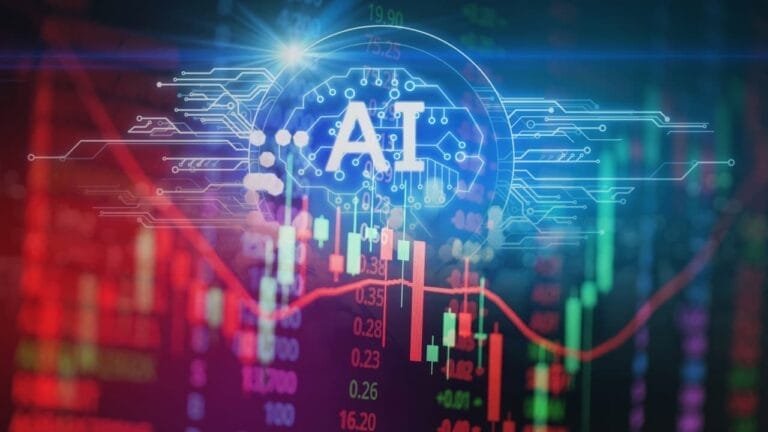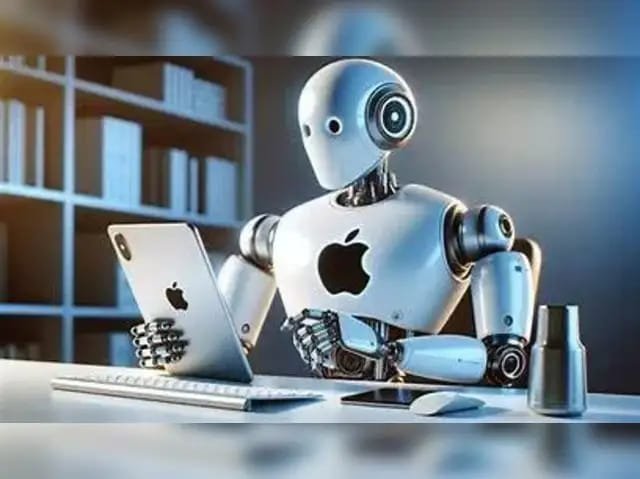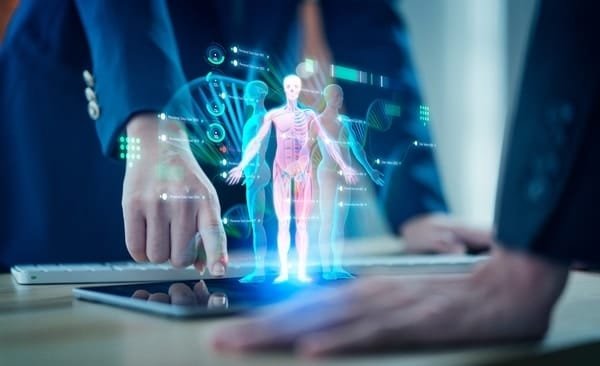
The human brain processes information through billions of neurons and synapses, enabling learning and cognition.
Artificial Intelligence (AI) is one of the fastest growing fields in today’s world and one of the major forces behind it is Nvidia’s chips. Recent data has shown that Nvidia’s chips are gaining significant advantage in training the largest AI systems, thereby making their prominence in this field even stronger. And this detailed information on the role of Nvidia chips in AI training focuses on their functioning and their comparison with the human brain. And Nvidia Chips and Their Role in AI Training Nvidia which is known for its graphics processing units (GPUs) has played a vital role in the AI revolution. Their GPUs are specially designed for AI and machine learning (ML) tasks and perform excellently in high-performance computing (HPC).
What are AI Chips?
AI chips are semiconductors specifically designed to handle artificial intelligence (AI) workloads. And these chips are able to perform complex AI calculations more efficiently and at a faster rate than normal computer processors. And training AI systems such as large language models (LLMs) like ChatGPT requires huge amounts of data and complex calculations, which requires these specialized AI chips. Nvidia’s dominance And Nvidia has established its dominance in the field of AI chips especially in training AI models. Their flagship GPUs such as the A100 and H100 Tensor Core GPUs are widely used by companies around the world for AI and machine learning tasks.
The high-performance capability and efficiency of these GPUs is unmatched. And the speed and efficiency make Nvidia’s chips such as the H100 train AI models at an incredible speed. For example an AI supercomputer called NVIDIA Eos which consists of 10,752 NVIDIA H100 Tensor Core GPUs completed the benchmark of training a GPT-3 model with 175 billion parameters in just 3.9 minutes. This is 73 times faster than the previous system that used 512 A100 GPUs.
CUDA Architecture: Nvidia’s CUDA
programming model has become a common standard in the industry. It helps developers to efficiently train AI models using the parallel computing power of GPUs. And wide applications Nvidia’s AI chips are used in automotive healthcare finance and various other sectors, which are promoting AI-driven innovations.
Competition and innovation And although Nvidia is the leader in the AI chip market companies like Intel and Google are also entering this field and increasing competition. And Intel has made significant progress with its Gaudi2 chips which are attractive in terms of price-performance. Google is also developing its custom chips such as tensor processing units (TPU) which is making its place in the field of AI hardware. Big tech companies like Meta are also working to reduce dependence on Nvidia and develop their own in-house AI chips.
Nvidia chips and human brain
This competition will ultimately promote innovation and development in the field of AI chips. and Functioning of the Human Brain The human brain is a complex and mysterious organ and is the control center of the entire body. It depends on trillions of nerve cells (neurons) and intricate internal communication between them. The main functions of the brain are and Sensory Processing It processes all sensory information received from the eyes, ears, nose, mouth and skin and Movement and Coordination It initiates and coordinates body movement. and Cognition It enables high-level cognitive processes such as speech, judgment, thinking, reasoning, problem-solving, emotions, learning and memory. and Memory It includes sensory memory (extremely brief), short-term memory (up to about 30 seconds) and long-term memory and Regulation.
It controls and regulates the functions of the body’s internal organs such as temperature, blood pressure and heart rate. and The brain functions through a vast network of neurons where electrical and chemical signals transmit information. Neurons communicate with each other through connections called synapses. The strength and efficiency of these synaptic connections change in the process of learning, which is called plasticity. and Comparison of Nvidia chips and human brain.
There are both similarities and differences between Nvidia chips and human brain
Parallel processing Both excel at parallel processing. The human brain has millions of neurons working simultaneously, while Nvidia’s GPUs have thousands of parallel cores that can perform multiple calculations simultaneously. This parallel processing is crucial for both AI training and brain functions. and Second Data processing Both are able to process large amounts of data and recognize patterns. AI models learn from datasets just like the human brain learns from experiences. and Adaptability and learning AI models are trained on data and can improve their performance just like the human brain adapts and learns with experience.




